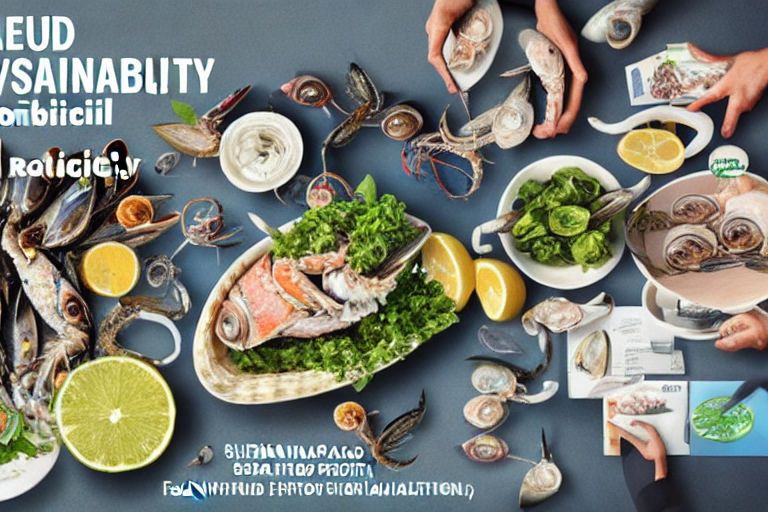Sustainability in Seafood: A Guide to Choosing Environmentally-Friendly Options
Seafood is a popular choice for many people around the world, but with overfishing and unsustainable practices, it's important to choose your seafood wisely. By choosing environmentally-friendly options, you can support sustainable fishing practices that can help preserve our oceans and marine life.
Here are some tips for choosing sustainable seafood options:
Look for Sustainable Seafood Certifications
One of the easiest ways to ensure you are buying sustainable seafood is to look for certifications from reputable organizations such as the Marine Stewardship Council, Aquaculture Stewardship Council or the Best Aquaculture Practices Program. These organizations have rigorous standards for sustainable fishing and farming practices that protect the environment and the livelihoods of fishermen.
Say No to Endangered Species
Some seafood species are endangered, and consuming them can have a significant impact on their population. For example, Bluefin Tuna is an endangered species, and it's important to avoid consuming it altogether. Look for a comprehensive list of endangered species in your region and avoid them at all costs.
Choose Local, Seasonal and Wild-Caught Seafood
Choosing local and seasonal seafood can help reduce the carbon footprint of the fishing industry. Wild-caught seafood, compared to farmed seafood, can also have a lower impact on the environment. Seek out local fish markets or farmer's markets to ensure you are getting fresh and sustainable seafood.
Avoid Seafood with Harmful Chemicals
Toxic chemicals and antibiotics are often used in fish farms to prevent disease and parasites, and their usage can have a severe impact on marine ecosystems. You can ask your seafood vendor about the source of their products and avoid purchasing seafood that has been exposed to harmful chemicals.
Learn more about the fishing practices
Different fishing methods can have different impacts on the environment and marine life. For instance, bottom trawling can cause major damage to seafloor habitats, while trolling or pole-caught fishing methods can have a lower impact. Look for information about how the seafood was caught and processed to make an informed decision.
By following these tips, you can make more sustainable choices for your seafood. Every little bit helps, and by purchasing environmentally-friendly seafood, you can play a role in protecting our oceans and marine biodiversity.



